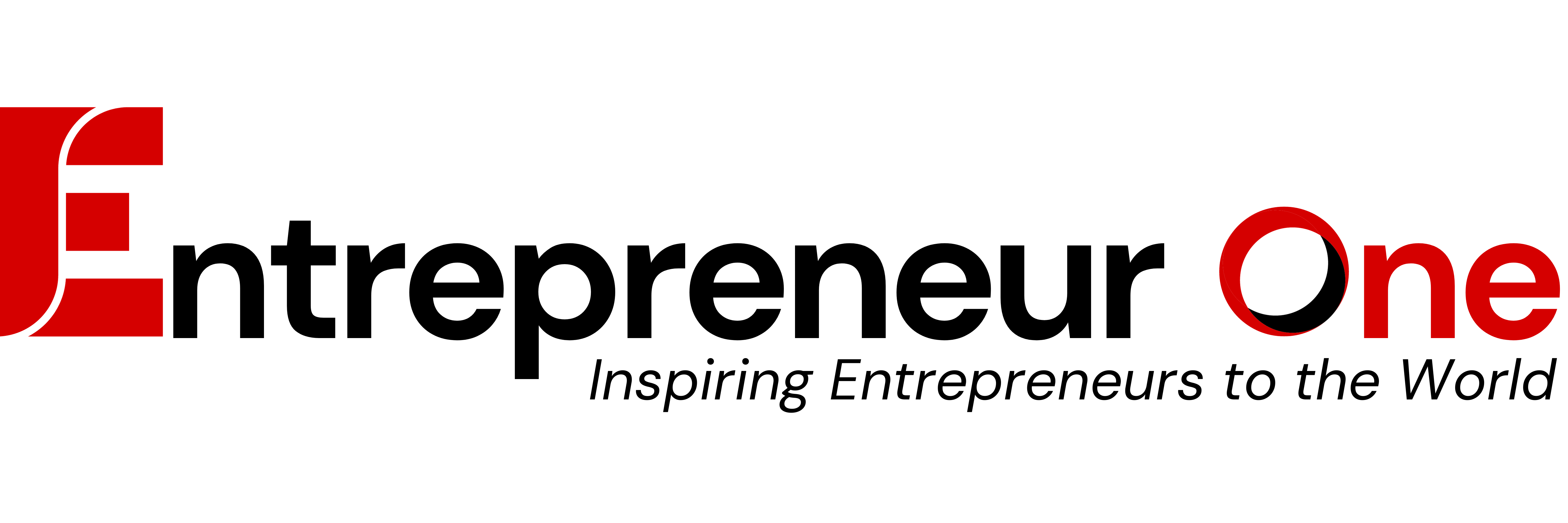Starting a retail business can be both exciting and a little overwhelming, especially when it’s the first time stepping into the world of product sales, customer management, and payment systems. From setting up displays to figuring out how to track inventory, there’s a lot to juggle in those early weeks and months.
The good news is that the right tools can make things feel a whole lot more manageable. When sales are tracked easily, customers have a smooth checkout experience, and owners can view performance at a glance, the day-to-day operations of retail start to feel more organized and less stressful.
Choose smart tools from the start
The early days of opening a retail store can move quickly, so it helps to have a few reliable tools in place before the first customer walks through the door. These tools don’t have to be fancy or expensive, but they should make it easier to manage sales, track what’s in stock, and handle payments smoothly.
Even something as simple as a point-of-sale system with inventory tracking can help new retailers avoid the frustration of overstocking or running out of popular products. It’s all about staying informed and being ready to make adjustments as things evolve.
Use a point-of-sale system with inventory tracking
A solid POS system does more than process transactions–it can also keep track of what’s selling, what needs to be reordered, and which items might need a little help moving off the shelf. This is especially helpful for retailers who are managing inventory for the first time.
When inventory data is updated automatically with each sale, it’s easier to plan restocks, understand trends, and keep customers happy by having what they want in stock. It’s a great way to stay one step ahead without constantly counting items by hand.
Stay flexible with mobile checkout options
In today’s world, customers appreciate fast, convenient ways to pay, and that means retailers need to be ready to take payments wherever the customer is, even if it’s outside the main register. That’s where a portable payment terminal for your business can really come in handy.
These small devices connect wirelessly and allow staff to ring up sales from anywhere in the store, at events, or even during sidewalk sales. It makes checkout smoother and helps avoid long lines, which keeps customers coming back.
Automate daily reports and sales summaries
Trying to manually track how many sales were made each day or which items were most popular can take up a lot of time, especially at the end of a long shift. Most modern retail tools now offer built-in reporting features that automatically generate daily, weekly, or monthly summaries.
This makes it easier to spot trends, understand what’s working, and make informed decisions without digging through receipts or spreadsheets. For someone running their own business, these kinds of insights help with planning and long-term growth.
The right tools help first-time retailers feel more in control of daily sales, customer transactions, and inventory tracking. With simple systems in place, it’s easier to stay organized, spot opportunities, and make smart decisions as the business grows. It’s all about creating a setup that works right from the start.















